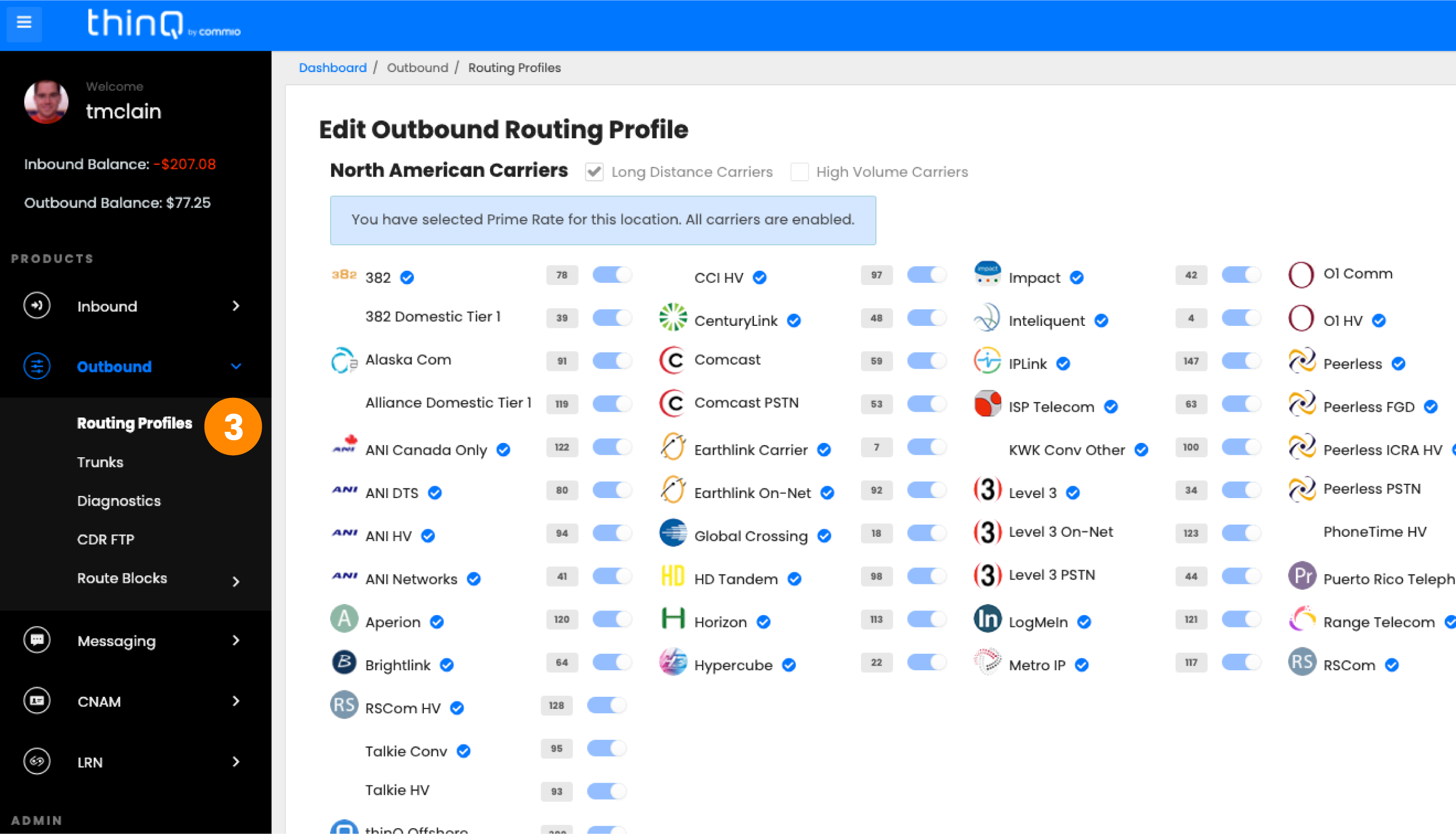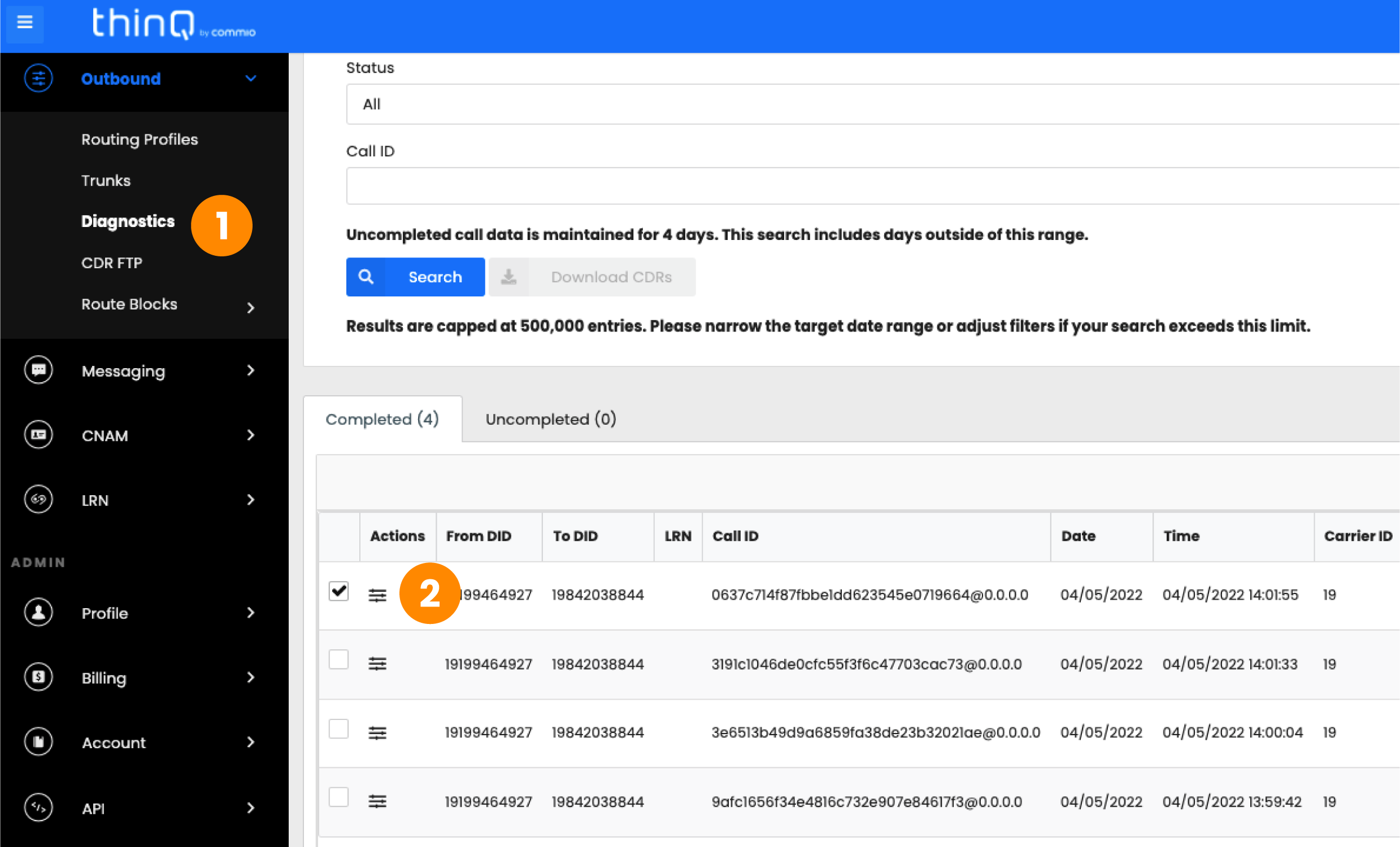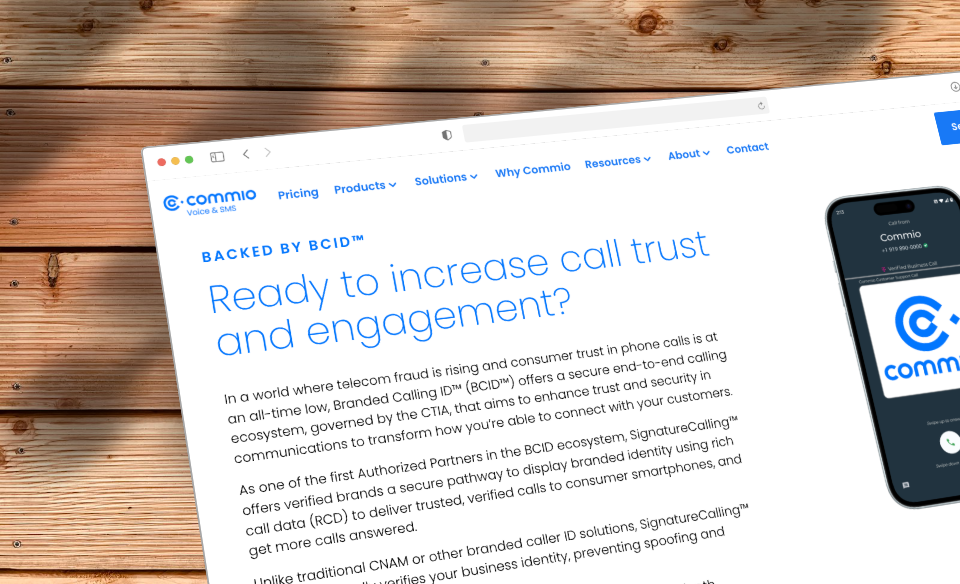Outages. They’re painful. It’s even worse when you’re a software platform or provider whose customers depend on rock-solid communications to power perfect customer experiences. But when calls are hard to understand or, worse yet, don’t connect, it’s a recipe for disaster.
In fact, in a recent customer survey conducted by Commio, the top three concerns of SaaS companies regarding voice communications were all around customer experience: namely call quality, call reliability, and support that there’s when you need it.
When you’re suddenly facing call quality issues or any service interruption, there are several ways the situation can go. Ideally, your provider offers carrier redundancy and intelligent call routing, or even better allows high visibility into where and how your calls are routed, and some level of control into those routes.
Scenario #1: Automated Redundancy and Rerouting
The good news is that when there’s a problem with a carrier, many SaaS companies and CPaaS providers already have carrier redundancy in place. As explained in a recent blog, redundancy means that the provider connects with two or more carriers, which allows them to switch to another carrier when the primary carrier can’t deliver. Some providers will share information about the carriers they use, while others will not. We suggest asking for as many details as possible when shopping for a provider.
Another great option is intelligent call routing. Lots of providers offer least cost routing, where the system will automatically reroute calls to the lowest price carrier. Similarly, a few providers utilize intelligent call routing, where the system automatically detects quality issues or outages and reroutes your calls. In this scenario, chances are you will never even know there was an issue! You can learn more about intelligent call routing here.
Scenario #2: Traditional Support
You discover when making a call that there’s an issue with your cloud communications – or an upset customer informs you about it. Most likely you can’t just “pop the hood” and take a look for yourself – so you contact your provider. If you’re struggling to connect your calls, chances are that their other customers are too, so it might take a moment or three to get through. Bonus! They have a call-back system, but that adds a little time, as well. Hopefully they are U.S.-based and well staffed with trained experts.
Once you reach them, they’ll open a support ticket. With any luck, your issue is a top priority (or enough customers have the same issue) and they have good diagnostic tools.
There are a lot of support metrics and service level agreements (SLAs) out there, but all that really matters when your phones are down is the time to resolution. One source we found said that the average resolution time for an outage is 12-48 hours, while another claimed it was 82. In our own recent survey, which directly addressed VoIP communications, the numbers were slightly better but not a lot: 27% said their average ticket resolution time was a full day; more than 10% said 2-3+ days.
And, time is money. In addition to the negative customer experiences, Gartner estimates the average cost of downtime at $5,600 per minute. Although that will obviously vary by business type and size, it adds up quickly when you’re talking about hours or days.
Scenario #3: Support at Your Fingertips! 
What if you could actually pop the hood and fix the issue yourself – without even being a mechanic? What if you had full visibility into each call, could pinpoint which carrier was having problems, and were able to switch to another carrier in real-time? What if, when the upset customer calls you, you could say, “I’m taking care of it; you should be good to go in just a minute?
A few providers offer full transparency and control. At Commio, for example, where we offer 40+ carriers, you can perform a call trace simply by (1) clicking on “Diagnostics” and then (2) scrolling down to the number where you experienced the issue.
 Click on the number to see which carrier was involved and then (3) go to the Outbound Routing Profile. Select another carrier and turn it on, then turn off the problematic carrier. That’s it! Within moments, the calls will be rerouted. Chances are, you’ll be done in less time than it would have taken to contact your provider’s support team.
Click on the number to see which carrier was involved and then (3) go to the Outbound Routing Profile. Select another carrier and turn it on, then turn off the problematic carrier. That’s it! Within moments, the calls will be rerouted. Chances are, you’ll be done in less time than it would have taken to contact your provider’s support team.
Best Case Scenario
Although they are thankfully rare, there are many reasons why a call can experience audio quality issues or be interrupted by an outage, and it can be a blip in time or a more complex, longer-term problem. For this reason, we would encourage any SaaS company that is highly dependent on voice communication and positive customer experiences to make sure your provider offers the full array of options for resolution, including:
- Carrier redundancy
- Intelligent call routing
- U.S.-based support
- Call transparency and tracing
- Real-time carrier control
Ideally, deep carrier redundancy and intelligent call routing will do the heavy lifting and you’ll never even know anything happened. If the problem persists, the two keys to better cloud voice quality – transparency and control – will allow you to avoid the issue in just a couple of minutes. Of course, on those rare occasions that the outage is more serious, it’s best to have U.S.-based support, and the ability to reach them via several channels.
Does your provider offer these capabilities? Ask them! None can absolutely guarantee you 100% uptime and call quality, but with the right tools in place like those above, you can sleep peacefully at night.
















